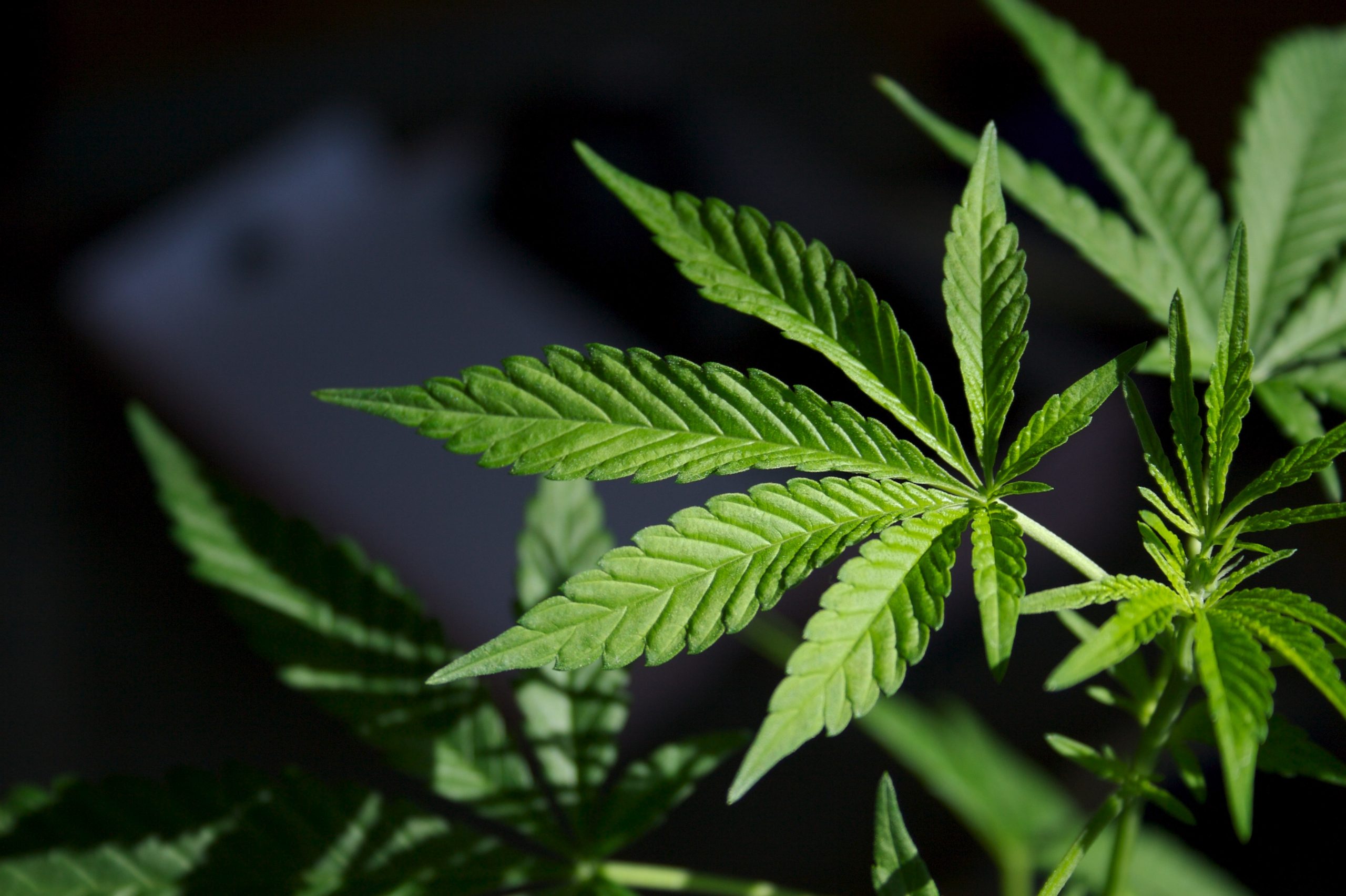Cannabis is the only rich source of essential cannabinoids identical to those produced by the human endocannabinoid system. Despite delta-9-THC being a well-researched psychoactive cannabinoid, various plant-based cannabinoids show medical promise.
The therapeutic uses of cannabis are too tremendous to ignore, and cannabinoids in cannabis are being used to cure or have the potential to treat various disorders, including anorexia, emesis, pain, and inflammation, to mention a few.
Marijuana that doesn’t get you high
Because this constituent of marijuana has minimal, if any, intoxicating characteristics, the hemp plant’s extract is the least controversial; marijuana contains about 100 active ingredients. THC (tetrahydrocannabinol) is the molecule responsible for the “high” associated with marijuana usage. Cases report minimum to no change in cognition because CBD-dominant cultivars contain little THC.
Patients report various therapeutic uses of cannabis in CBD numerous benefits, including insomnia alleviation, anxiety reduction, stiffness relief, pain control, and the management of potentially fatal illnesses like epilepsy.
Medical marijuana applications
In medicinal marijuana states, the most prevalent use is pain relief. Although marijuana isn’t strong enough to cure severe pain (such that caused by surgery), it can help with chronic pain.
Users of cannabis swear by its capability to lessen temblors in Parkinson’s cases, making it an effective muscle relaxant. it’s also effective for endometriosis, fibromyalgia, interstitial, and various disorders in which persistent pain is the primary symptom.
Other therapeutic uses of cannabis are to treat glaucoma and nausea, and weight management. Its application in the treatment of post-traumatic stress disorder (PTSD) in returning soldiers from combat zones is a particularly interesting field of research. Numerous troops and their counselors say they’ve noticed significant changes, and they’re demanding for greater research and an easing of government limits on studying it.
Consultation with your physician
Many people are in the position of desire to know more about the therapeutic uses of cannabis but are uncertain about discussing it with their clinician. This is partially attributable to the medical community’s contemptuous attitude toward the issue. Physicians are now seeking to remain ahead of their clients’ knowledge of the problem by playing catch-up.
Conclusion and prospects
Over the last few years, significant developments in cannabis research have resulted in discovering various therapeutic uses of marijuana. As previously said, these benefits have clinical implications, and future studies will focus on them.

